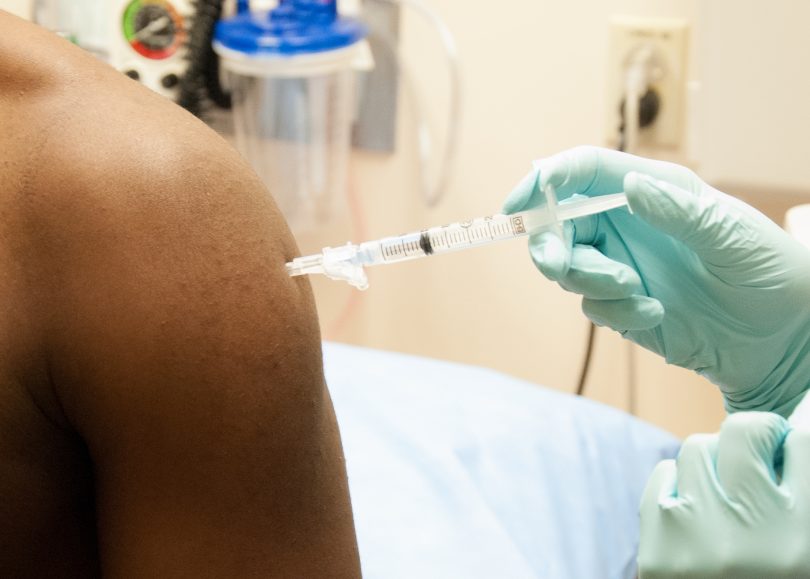The number of Australian children fully immunised between the ages of one and five is on a gradual rise; but variations across smaller communities still pose a risk to herd immunity.
New data from the Australian Government’s Primary Health Network suggests in 2018, 93.82 per cent of Victorian children aged between one and five years have been fully immunised.
This comes almost three years after the Victorian Parliament passed their “No Jab, No Play” Amendment, making vaccinations a requirement for children attending childhood educational services.
But since 2015, there has only been a 1.03 per cent increase in the number of Victorian children aged five and under who are fully immunised against disease, and a similar increase in other states of Australia.
The Australian Capital Territory currently holds the highest proportion of fully immunised children five and under, with 94.11 per cent, while Tasmania just trails Victoria at 93.68 per cent.
Source: 2018 PHN childhood immunisation data
In contrast, Queensland has actually seen a small 0.3 per cent decrease in 2018, compared with their 2016 best – 93.7 per cent of young children fully immunised.
Lower percentages of immunisations can be observed in places such as New South Wales’ North Coast, which has consistently scored the lowest level of fully immunised children since 2015.
Western New South Wales, encompassing approximately 250 000 square kilometres, consistently overtakes the North Coast’s level of immunisation by almost seven per cent.
Such immunisations listed for children five and under include Polio, DTP (diphtheria, pertussis, tetanus), Hepatitis, MMR (measles, mumps, rubella), Varicella and Meningococcal C among others.
Source: 2018 PHN childhood immunisation data
Of children five and under in NSW’s North Coast, 91.62 per cent have received the Meningococcal C immunisation; six per cent fewer than those in Western New South Wales.
Despite antibiotic treatment available for the Meningococcal Virus, there is still between 5 and 10 per cent mortality rate for sufferers in Australia, something the immunisation hopes to reduce.
The World Health Organisation has also suggested the prevalence of infectious diseases has been high for Aboriginal and Torres Strait Islander children in the past.
Source: 2018 PHN childhood immunisation data
2018 data indicates that 9744 of the 10 847 Aboriginal and Torres Strait Islander children aged five and under in Victoria have been fully immunised against disease.
18 749 are also fully immunised in the Northern Territory, out of the 20 374 registered children recorded in the data set.
In a statement to reporters, Prime Minister Malcolm Turnbull urged parents to immunise their children in order to eradicate the spread of infectious disease.
“If parents choose not to vaccinate their children, they’re putting their children’s health at risk and every other person’s children’s health at risk too,” Mr Turnbull said.







